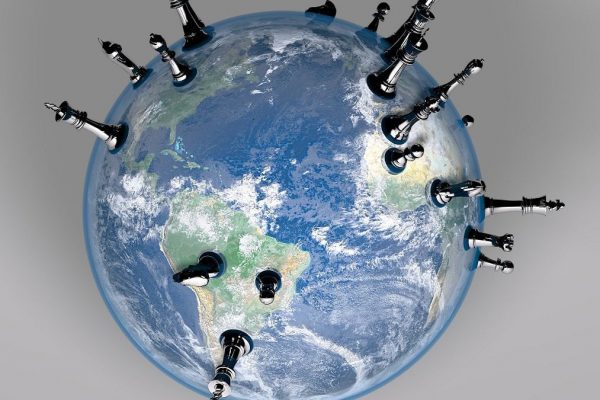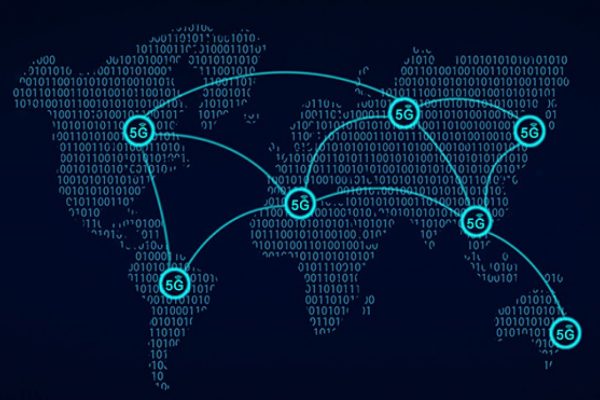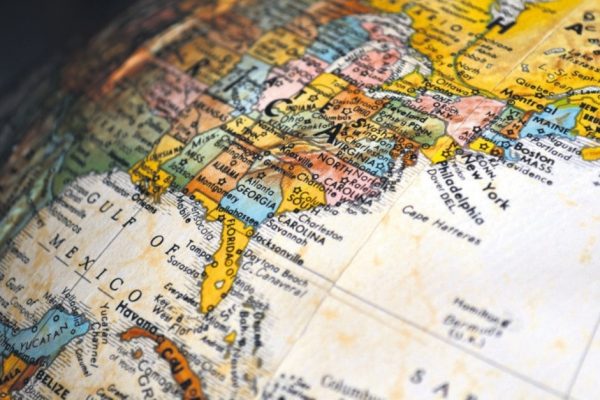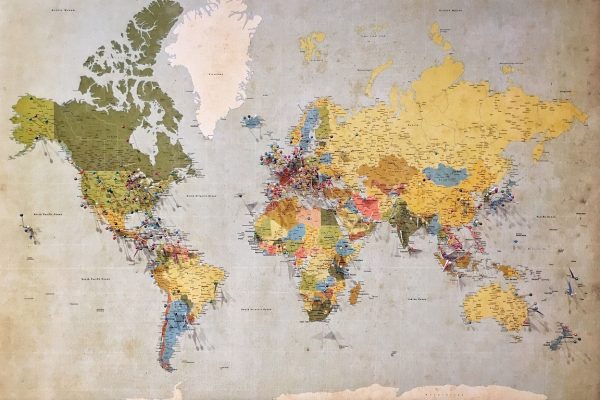
This Article corresponds to the “Global Business Strategies” course as part of the Rochat MBA program and was submitted by the student John Choi.
The Path We Should Follow in Global Trade.
My high school was located just an half-hour from Bretton Woods, New Hampshire, the home of the global economics encounter that would bring together Keynes and Hayek among many other notable post-war economists that would later form the GATT which would later form the WTO. Little did I guess that the beautiful hotel nestled at the foothills of Mount Washington would have such an impact in the World’s Economy for many generations to come.
Some years later I studied the first true existentialist, Soren Kierkegaard, who is remembered best for his work Aut Aut which can be translated with the Latin conjunctions “Either, or”. I have titled this article as “Et et” or “Both, And”. Much of our recent thinking has been polar (Either, or). For example: Either, you’re a conservative, or you’re a liberal. Either, you’re for the Border Wall or you’re for Open Borders. Either, you’re for Free Trade, or you’re for Protectionism. I would like to show that it is possible to be Both, for Free Trade (when it works best for those implied), and for some level of Protection (when it works best for those implied). The same can be considered regarding Liberalization and Privatization. Regarding “Globalization” and “Statism”. These terms are vast and I believe “Free Trade” and “Protectionism” are more concrete so I will use the latter to make my point.
An article whose title suggests a “path we should follow” is a difficult one. Who does that First-Person Plural pronoun actually signify? “We” can suggest my family, community, city, region, state, country, continent, religion, culture or sub-culture, language or language group, and among many many other possibilities our Business School. We are also in a peculiar situation regarding Trade. The United States is targeted with having begun a Trade War all while the US points a finger at China for “raping the US”. As the radio continues droning on as I write this it mentions how the White House is sending a trade delegation to China to see what can be worked out after the Jan 1 Trade Freeze. Finally, the mystery of “Trade” itself. That common word which can mean so many things: It can come closer to meaning a skill or a talent but in our case we can imagine that it has more to do with the distribution of goods and wealth with the aim of equitably distributing that wealth and goods for the benefit of the many, as opposed to that of the few. Perhaps – in a lab setting – another way to describe it would be to consider it the value-chain or multi-dimensional network of communities, states, and countries towards the equitable distribution of wealth favoring both the buyers and sellers in win-win opportunities for the betterment of human persons, the end of all economic activity.
Both…
Free Trade and Protectionism.
China has changed. Since Bretton Woods China’s GDP has increased (blank). This growth has been exponential and far outways even the growth of the United States. It is a great benefit to the Chinese people as well as to the World at large. Some could say that China has experienced the great growth and prosperity due to Free Trade. Jack Ma quoted The World is Flatby Thomas Friedman regarding just this. The developed countries of the 1970’s, 1980’s, and 1990’s used China as a manufacturing platform to manufacture the developed world of the 2000’s. This is fact. He also goes on the critique developed nations of their distribution of wealth. In the case of the US he rightly criticizes the US’s involvement in its Gulf Wars.
That said there is definitely an argument to be made that developed countries are a better place thanks to the economies of scale that China can employ towards manufacturing. Of recent this has been called to question with the Make America Great Again movement which incites the sentiment of building an older America one less “globalist” and more “national”. Apart from these sentiments it can be argued that manufacturing jobs and supply chains have moved East and therefore the US has lost much of its internal capacity. In operations we would call that “Vertical Integration”. On the one hand developed nations have secured the economic growth of many developing nations. On the other hand today many developed nations are calling for a stop to this economic “leveling” up of many other countries for greater prosperity within its own walls and with just ire. Just how to go about this is the question. It is true that simply outsourcing all of a nation’s services, manufacturing and agricultural production simply does not work.
Liberalization and Privatization.
In the HBR article Globalizing the Rest of the World (Belli, 1991) we see how several developing nations needed to “Liberalize”. In business we would call that “Diversify” so as to avoid bad Trade Agreements and over dependence on a few goods. This can only be as good as its diversification strategy. As suggested in another HBR article Distance Still Matters (Ghemawat, 2001) regarding STAR’s entrance (and losses) in Asia due to a lack of understanding in the offshore market thus “diversifying for the sake of diversification” does not work. Drucker mentions this in Entrepreneurship and Innovation (1986). Privatization is required for developing nations to go beyond being simply a diversified national investment bank. Private equity and entrepreneurship has driven the US economy in the past 30 years at a beautiful rate. More Small Businesses give work and access to jobs (often through their very inefficiency) to more people. Google and Amazon were started in garages just decades ago. They drive large percentages of sectors in the world economy. This form of privatization needs to be checked (a form of internal trade balancing) when large businesses drive out small businesses which continue to employ more people than the Fortune 500.
Persons Drive the Trade Economy
Finally, Persons drive the Trade Economy and the Trade Economy drives Persons. Believe it or not the US Tobacco farmer both heavily subsidized on the front-end as many communities require the sustenance in order to survive in rural parts of America. And – on the flip side – tobacco companies are heavily regulated and taxed. Regarding the Spirits industry given the much better conditions entrepreneurs decided to privatize and build businesses. 30 years ago there were 50 breweries in America. Today there are 2000+ breweries. By “regulating the regulators” (which sound ridiculous) but is truly our greatest input into a society’s bettering in a democracy, a.k.a.: electing the right leaders we help our communities, cities, states and countries to make the right choices and therefore benefit as many persons possible. That would be the path we should follow for the 21st Century.
This Article corresponds to the “Global Business Strategies” course as part of the Rochat MBA program and was submitted by the student John Choi.






